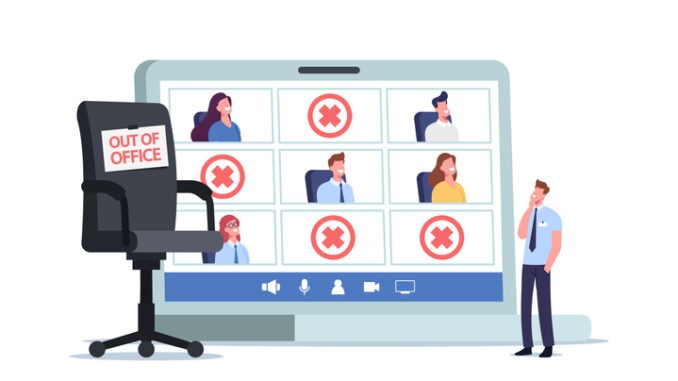
What you should know about hitting ‘pause’ on your career, from a seasoned sabbatical-taker
CREDIT: This is an edited version of an article that originally appeared on Management Today
Contrary to the popular belief that sabbatical leave is for young staff members to scratch that travel itch, studies show that leaders would most value time off. When asked to rate the most attractive workplace benefits, a 2019 study showed that the opportunity to take sabbaticals climbed in importance as employees got older. It also suggested that, rather than a blanket sabbatical policy, organisations could take a more strategic approach by prioritising leaders at key points of career transition, or prior to an expected promotion.
How long should you go for?
Having taken several sabbaticals throughout my career, I believe the ancient principle of taking one year is the most effective. While some companies offer multi-week sabbaticals, or time off for a few months, nothing compares to the benefits that come from a full year off. Going through an entire natural cycle of the seasons allows for a complete detachment and reset. This state of mind enables us to gain perspective and see our lives, careers and goals in a new light – and creativity then follows.
Make it count
The most effective sabbaticals will include some kind of ‘work’ or purpose. This could include following a passion project, writing a book, supporting a philanthropic cause or studying.
In my most recent sabbatical, which I began in 2018, my wife and I travelled the globe over the course of a year, conducting a non-scientific study of longevity. Our bigger goal, however, was to reset ourselves holistically which, for me, included a re-framing of how I would work professionally.
The years which followed that sabbatical have been markedly more productive and efficient for me in all areas of my life, and I know that the sabbatical year was key to that success.
The business case
While quantifying the financial return on a sabbatical may be a difficult exercise, if it results in retaining a key leader who would otherwise have moved on to something new, the payback is easy to compute – plus, the cost of replacing an executive can easily total twice their annual cost. By avoiding this cost, in exchange for what is likely to be, at most, the annual cost of the executive for his or her time off, the company will break even in about one year.
A paid, or partially-paid, sabbatical promotes loyalty that lasts well beyond a year and any and all benefits accruing to the company resulting from increased creativity and productivity are then icing on the cake.


Be the first to comment